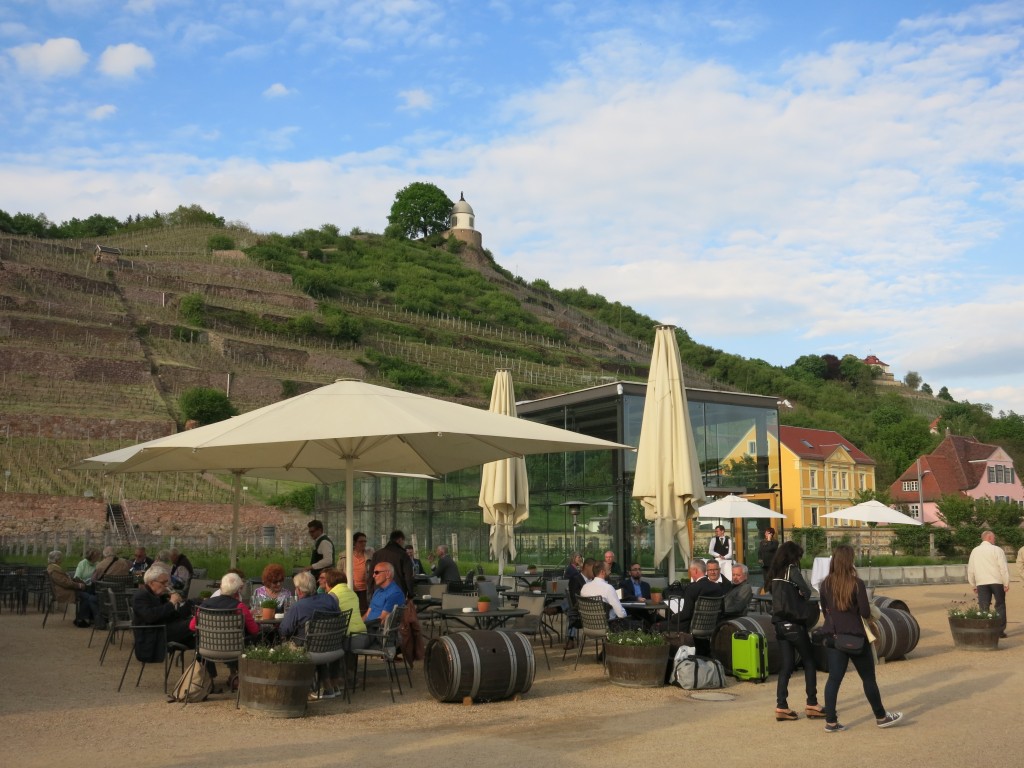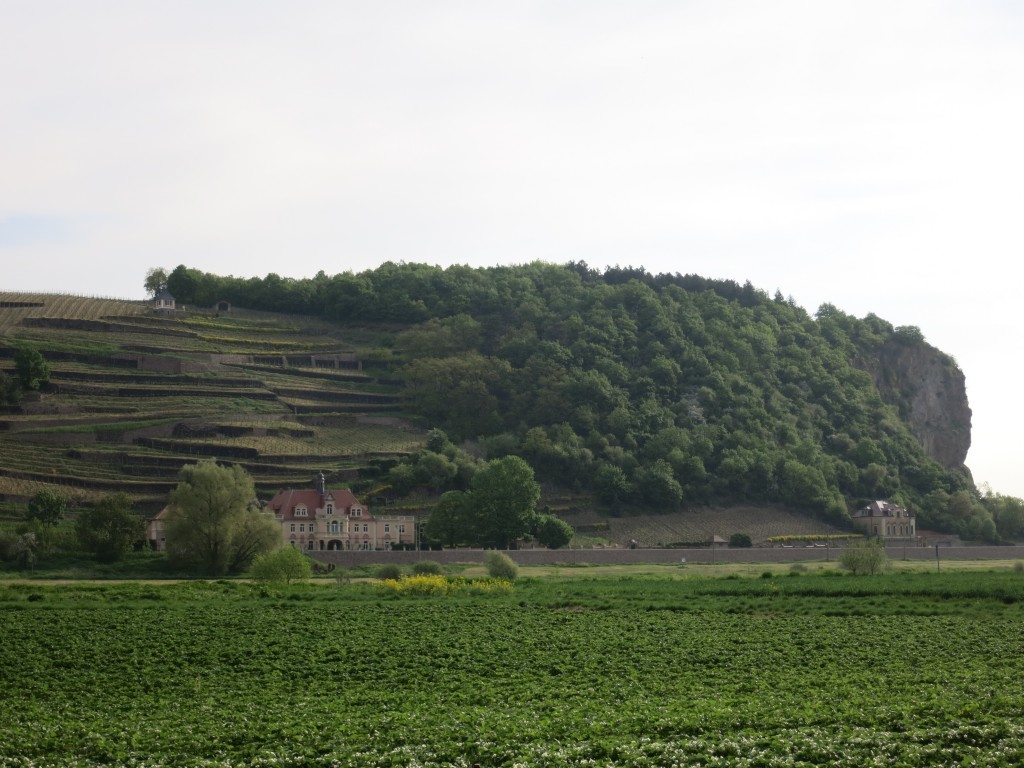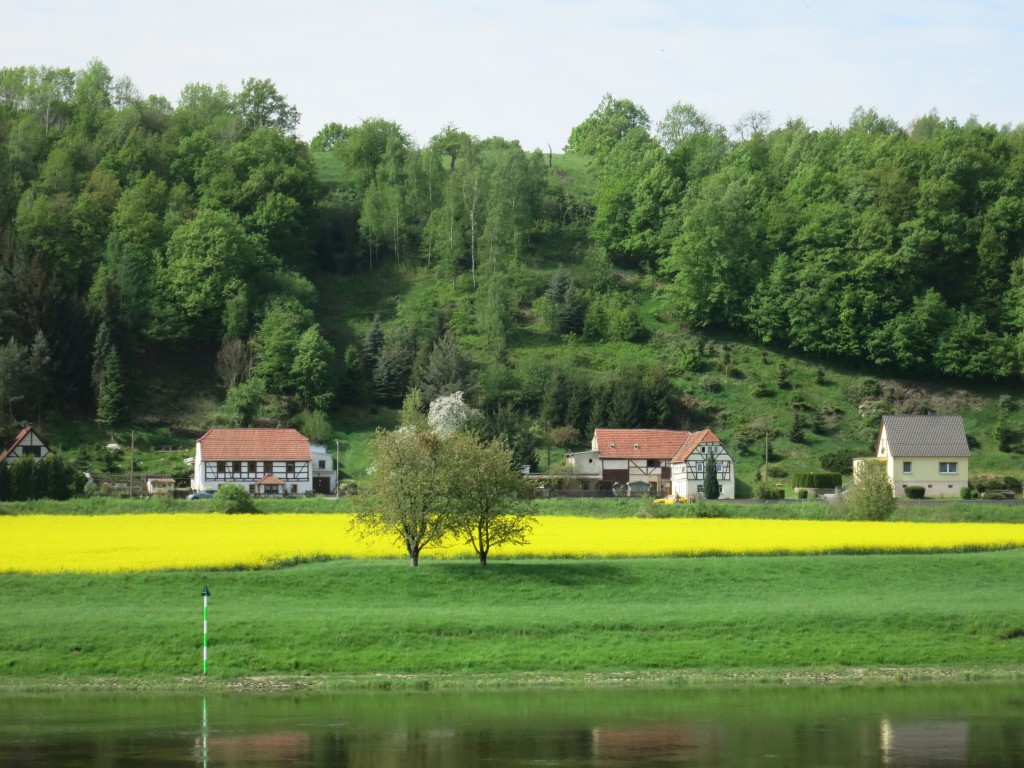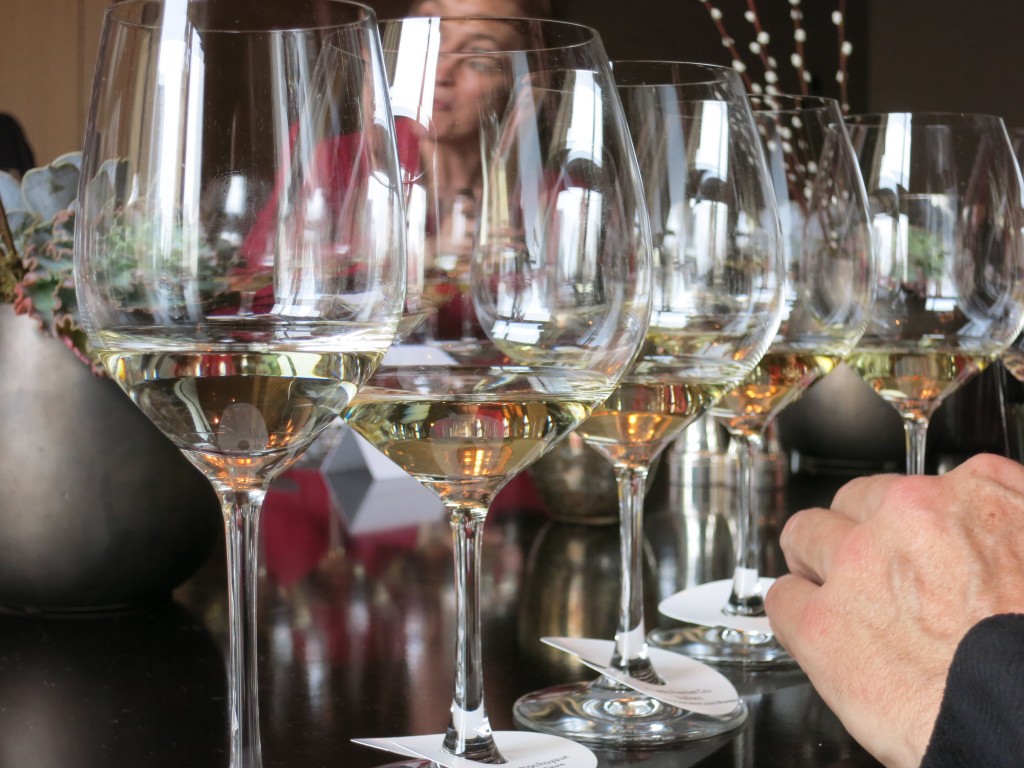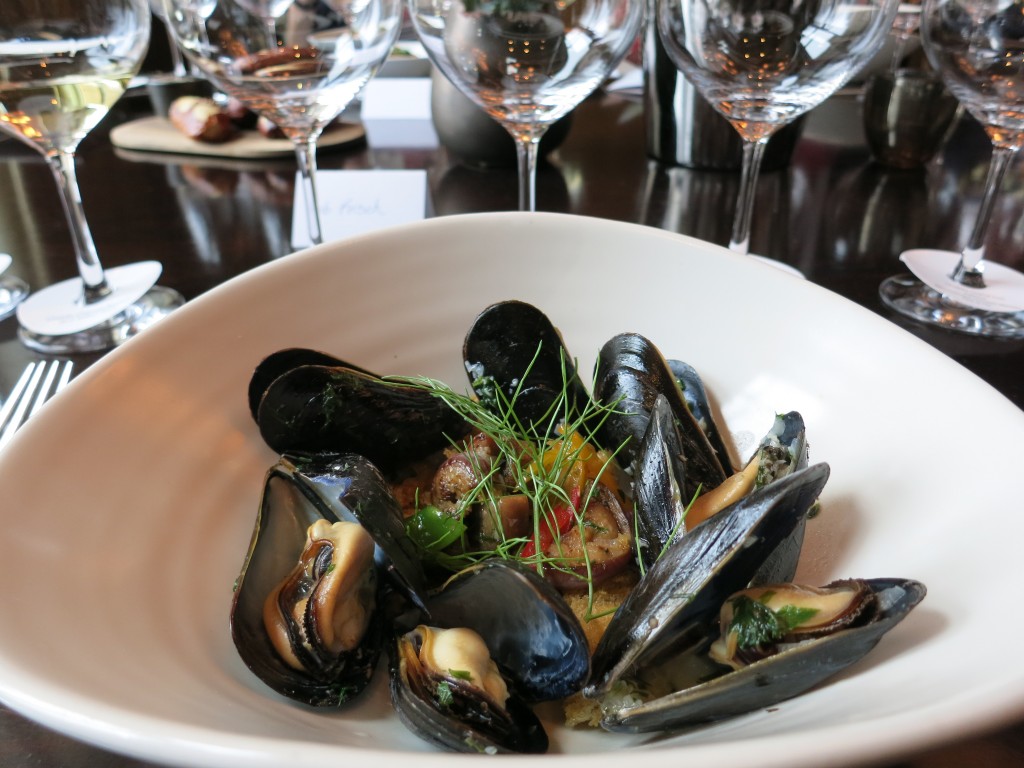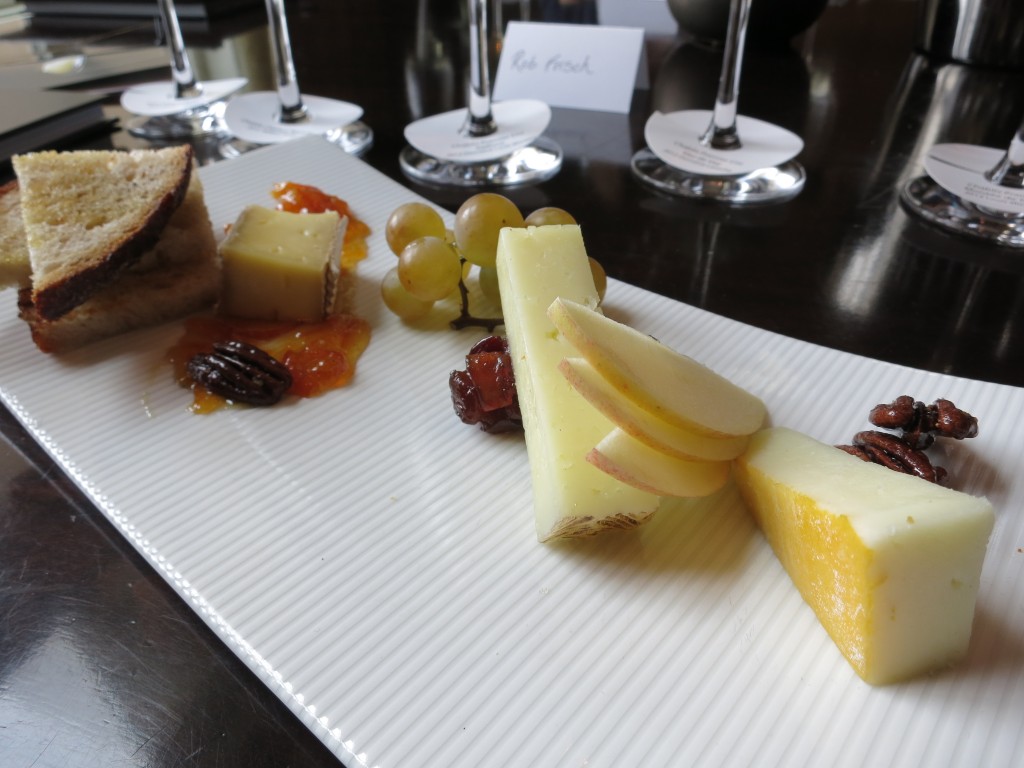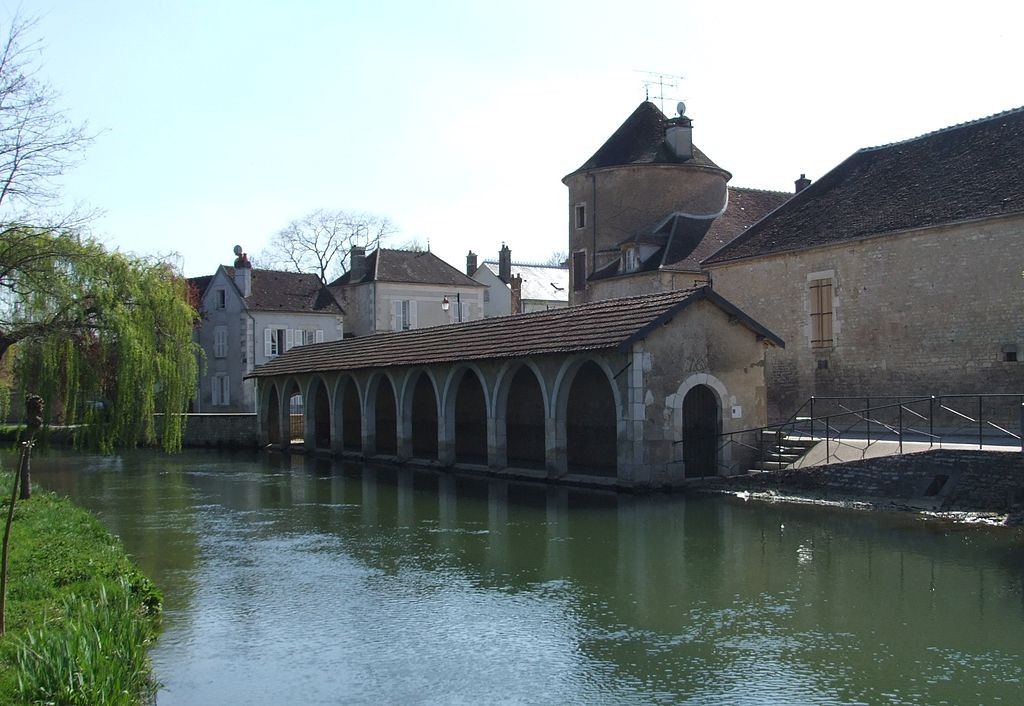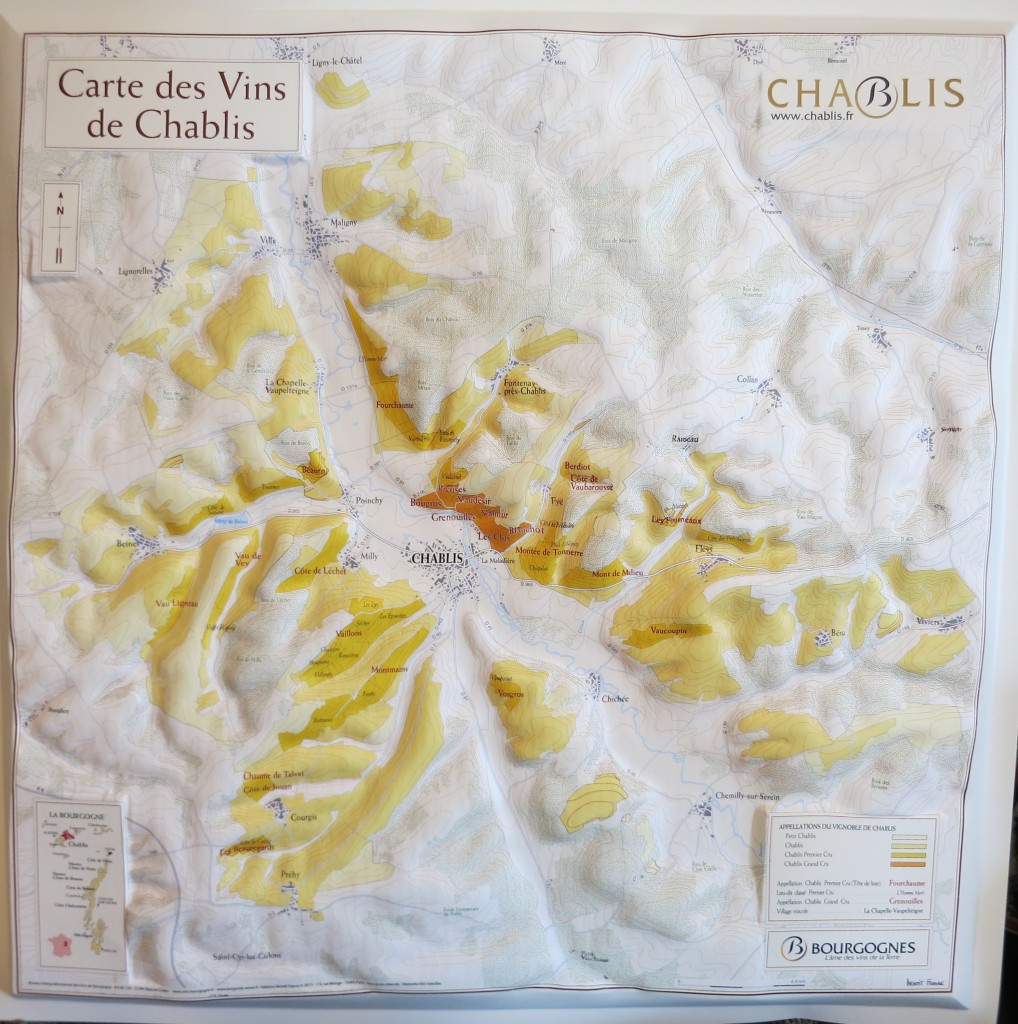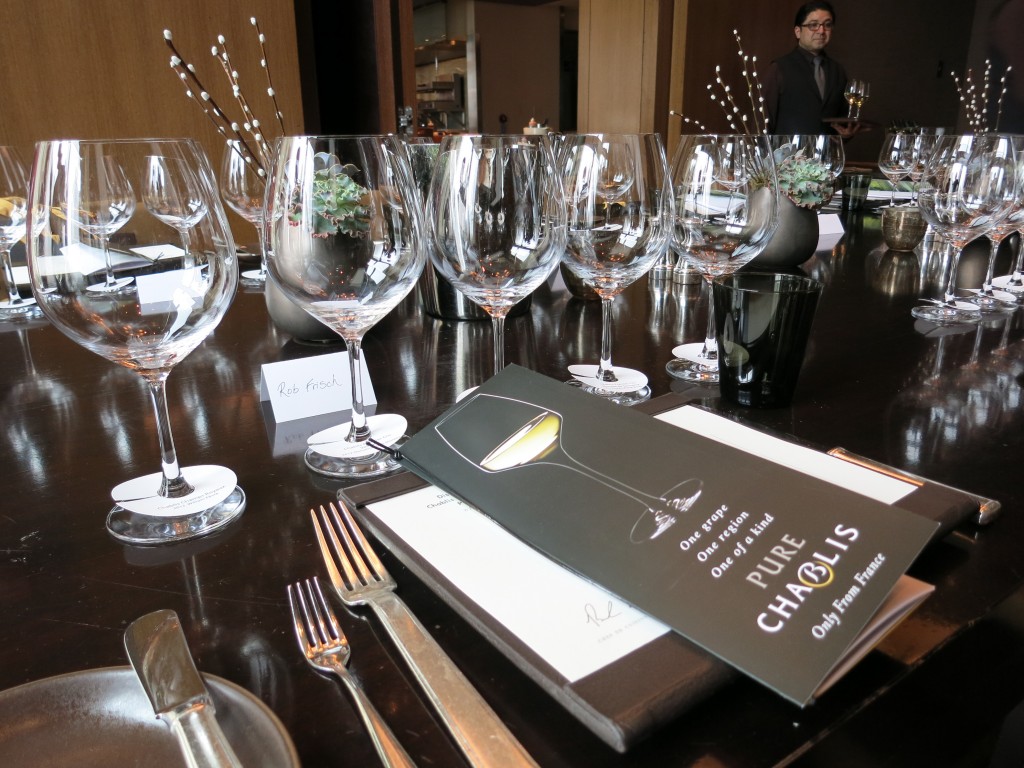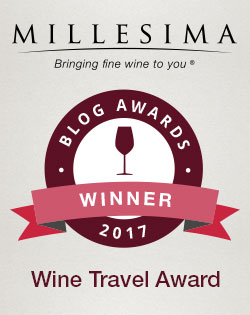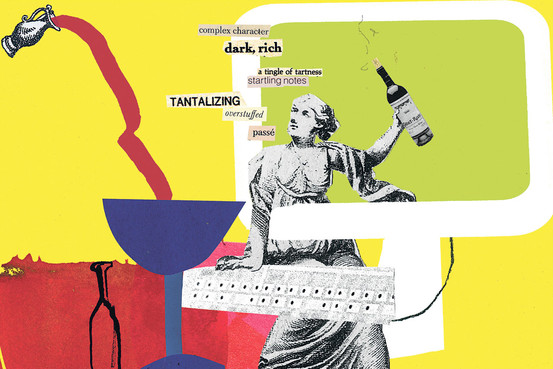My Buttons Get Pushed
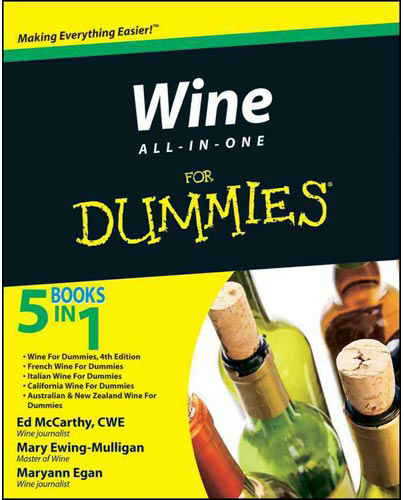 It will come as no surprise to readers of this blog that I have a soft spot for an underdog. That’s one of the reasons I love to highlight unusual and obscure wines and spirits. It gives me great joy to write about wonderful bottles that far too few people know about, and wine regions that don’t get nearly the attention they should.
It will come as no surprise to readers of this blog that I have a soft spot for an underdog. That’s one of the reasons I love to highlight unusual and obscure wines and spirits. It gives me great joy to write about wonderful bottles that far too few people know about, and wine regions that don’t get nearly the attention they should.
It was with some irritation, then, that I listened to a woman at a recent lunch held to promote Chablis complain about the state of Chicago wine lists. “Nowadays, sommeliers here seem to think the weirder, the better,” she opined, “and I think they’re not doing their job of educating the consumer about wines they really should know about.”
I thought about it, and I realized that this judgmental comment most likely results from her feeling threatened: If someone considers themselves to be something of an expert in wine, and a wine list confronts them with all sorts of unfamiliar options, it potentially calls their expertise into question. I wish instead that she would look at such moments as opportunities to learn and grow as a wine consumer. But I know that’s difficult — for some of us, myself included, it takes some effort to keep our wine knowledge and our self-esteem untied.
Later at lunch we discussed the price of Chablis, which tends to be much lower than other white Burgundies. “The Chicago wine consumer just isn’t as sophisticated,” she suggested, irritating me yet further. “So you can’t charge as much as you might in, say, San Francisco or New York.”
I protested, but her neighbor at the table agreed. “No no, the wine scene is definitely more sophisticated in New York and San Fran. You could charge a lot more for a bottle like this,” he said, gesturing to a Premier Cru, “in Manhattan than you could in Chicago. The consumers there know that it’s worth the money.”
I felt defensive of Chicago and our wine scene. I’ve always taken pride in Chicago wine shops and wine lists, which tend to offer a surprising breadth of wines from around the world. Lacking a wine region of our own, we serve wines from everywhere. And we have demanding palates as well, as evidenced by our weird (some might say adventurous) wine lists.
But you’ve no need to take my word for it. Lettie Teague, the New York-based wine columnist for the Wall Street Journal wrote a fascinating article in 2011 comparing the wine scenes in Manhattan and Chicago. She gives the edge to her home town, but if you look at the evidence she presents, Chicago appears at the very least to tie the Big Apple in terms of wine sophistication.
I still wondered, though, if the Chicago disparagers across the dining table from me could be right. Were New Yorkers more willing to pay for quality than Chicagoans? Does the wine market there bear higher prices?
With so many Chablis producers each producing a variety of wines, it can be difficult to compare apples to apples. After some hunting, I finally found a store in Chicago and a store in New York each selling exactly the same wine: the 2012 Louis Michel & Fils Les Clos, a Grand Cru Chablis. Binny’s, which ranks among Chicago’s best-priced wine shops because of its immense size, sells the wine for $89.99 a bottle. Flatiron Wines & Spirits in Manhattan, however, sells the wine for $84.99.
While not thrilled that Chicago has a higher price for this Chablis than New York, I can’t deny feeling vindicated.
Chicago may be the Second City — pancake-flat and in the middle of the Midwest — but that doesn’t mean we don’t know what we’re doing. You don’t have to go to New York or San Francisco to get great wine anymore. That duopoly ended years ago, and it isn’t just Chicago that ended it. You can find compelling wine lists and wine shops in all manner of cities around the country these days.
New York, San Francisco, you’re fantastic. I love you. But the rest of the country is doing just fine.

